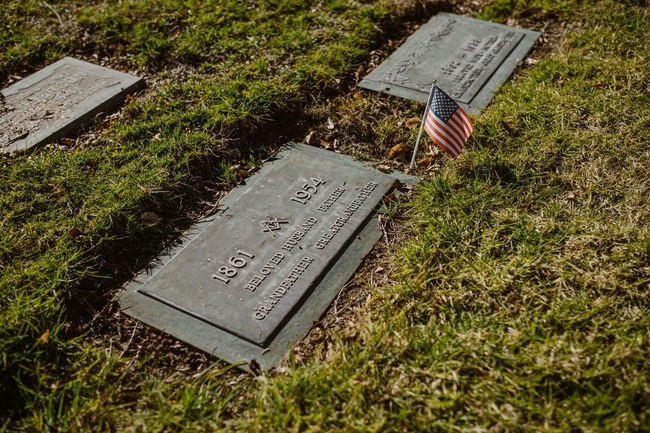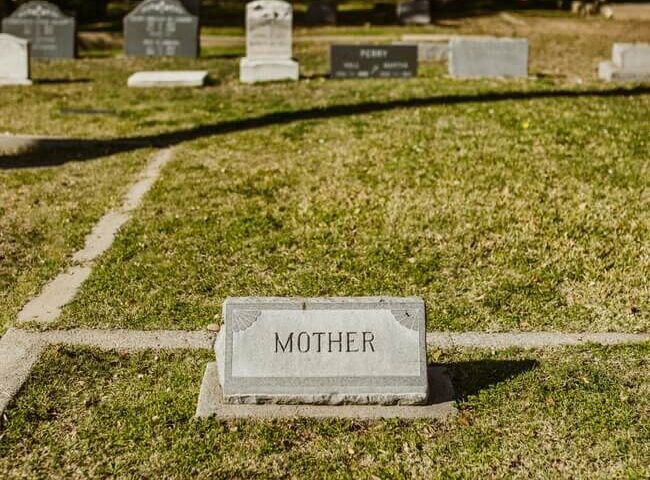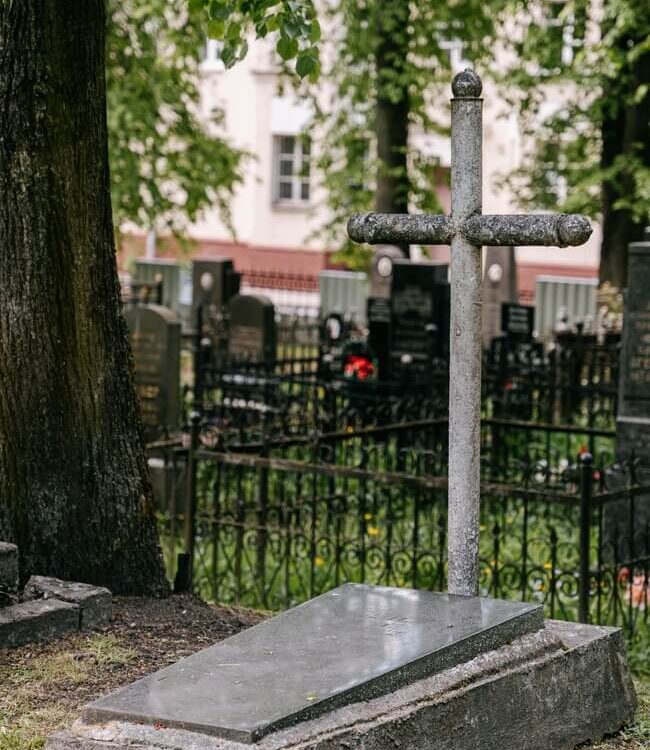Types of Funeral Services: Military Funeral Services

Types of Funeral Services: Virtual Funeral Services
April 22, 2025Military funerals are a solemn acknowledgment of those who have served in the Armed Forces. The ceremonies are a tribute to the service members’ service and sacrifice, and they are an expression of the nation’s gratitude for their service. Military funerals are rich in tradition, with ceremonies that are highly symbolic in nature.
The primary purpose of a military funeral is to provide a dignified sendoff and acknowledge the service with honor that the deceased individual had given. Performed for a service member who is active, a veteran, or one who retired from active duty, the ceremonies reflect tremendous respect for the individual and what he had done for the nation. The traditions, ranging from folding the flag to sounding Taps, are powerful reflections of the service member’s sacrifice.
Eligibility for Military Funeral Honors
All service members are not qualified for military funeral honors. Understanding what one qualifies for is essential when organizing such a ceremony. Honors are usually delivered for active duty, veterans, retirees, and in certain cases, civilian officials who were in specific positions.
Criteria for Eligibility
To be eligible for military funeral honors, the deceased should have been a member of the Armed Forces and been discharged without dishonorable conditions. Veterans with one term of enlistment or released due to injuries incurred during the performance of duty are also eligible. Members of the National Guard and Reserves with at least one active duty period are also eligible.
How to Request Honors
Families can ask for military funeral honors through their chosen funeral director, who makes arrangements for the Department of Defense to perform the honors. Required documents are the DD Form 214 (Certificate of Release or Discharge from Active Duty) or United States discharge documents, whichever is the case. The funeral home usually submits the documents to the local military base to make arrangements for the honor guard.
Traditions and Honors Rendered
Funerals for military service members are rich in tradition, which is an expression of respect and gratitude owing to those who have served. The ceremonies carried out during the funerals reflect honor, duty, and the ultimate sacrifice. Every detail is rich in significance and provides consolation to grieving families.
The Flag-Draped Casket
One of the most recognizable symbols during a military funeral is the flag-draped casket. The flag covers the casket, symbolizing honor and respect for the deceased service member. The stars of the flag are placed over the heart, symbolizing love and devotion the service member had for the country.
Military protocol demands that the flag never be permitted to come into contact with the ground. It is handled with the utmost respect throughout the entire ceremony. After the service has been completed, the flag is folded with extreme care and is given to the next of kin as a token of the country’s gratitude.
Folding and Presentation of the Flag
The American flag is folded in a specific way, symbolizing the devotion of the service member. It is folded 13 times, with each fold being symbolic, most often related to virtues like liberty, sacrifice, and loyalty. Once it is folded into a triangular shape, like a tri-cornered hat, it is presented to the next of kin.
The presentation includes a formal statement, typically spoken by a representative of the military branch, expressing gratitude on behalf of the nation for the service member’s commitment and sacrifice.

Playing of Taps
Taps” is a sad, dignified bugle call played at military funerals, the final farewell. Once a signal to extinguish lights at day’s end, Taps today is a touching tribute to the fallen service member. The short, haunting melody evokes deep feelings, honoring the life and loss of the fallen.
Three-Volley Salute
The three-volley salute is three rifle shots fired at one time by a firing party. It has often been confused with the 21-gun salute, but it is a distinct tradition. The three-volley salute represents the end of hostilities and has roots in field procedures wherein both sides would cease fire to clear off the dead.
Honor Guard Participation
The honor guard is significant for use in military funerals. They fold and display the flag, fire the three-volley salute, and engage in ceremonial roles like pallbearing. They respectfully remind a person of the dead member’s service and how devoted the military is to memorializing its own deceased.
Protocols and Etiquette for Attendees
Military funerals carry an air of deep respect and tradition. The guests need to respect the dignity of the occasion by observing certain procedures and being respectful in conduct. Familiar or not with military tradition, having knowledge of the etiquette expected guarantees the dignity of the service.
Attire Recommendations
Wearing a proper military funeral dress shows respect for the service member and their family. Civilians must wear conservative, dark-colored clothing without casual or loud outfits. Men typically wear dress slacks or a suit with a collared shirt, and women wear dresses or dress suits. Military personnel in uniform must meet dress code guidelines within their branch of service, which typically mandates wearing the service dress uniform.
When to Salute
Saluting indicates respect, but saluting must be executed correctly. Active duty and veterans who are in uniform should salute at specific instances, such as the playing of the national anthem, the rendering of honors, and when giving the flag. Non-uniformed individuals and civilians should place their right hand on their heart, though. One should follow the cue of the military if he or she is thinking about saluting or being at attention.
Seating Arrangements
Seating at funerals for the military is normally done in such a way that family and friends sit near the front. The military members and honor guards normally have reserved seats. Arriving early and heeding the instructions of funeral workers or military personnel guarantees good seating. Guests must be seated unless otherwise instructed during the service.
Variations Among Military Branches
Although military funeral rituals share some things in common, there are some customs that can vary between branches. The folding of the flag, for example, might be performed in a unique manner by the Marine Corps compared to the Army or Navy. Understanding the branch-specific traditions provides an added appreciation for the traditions being respected.
Conclusion
Military funeral honors salute the service and sacrifice of the deceased. Proper protocol is observed by guests as a sign of respect for the service member and the grieving family. Attending in uniform or as a civilian, thoughtful planning and respectful behavior guarantee a meaningful and dignified farewell.


